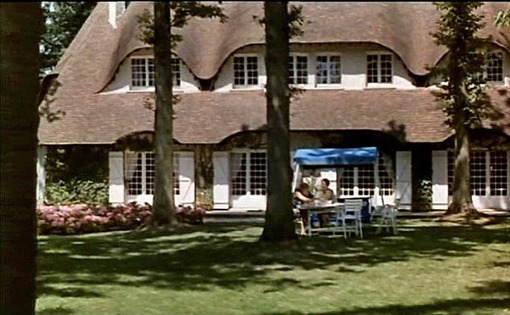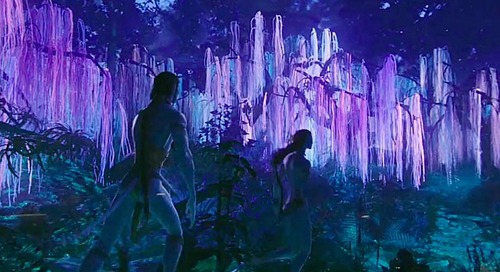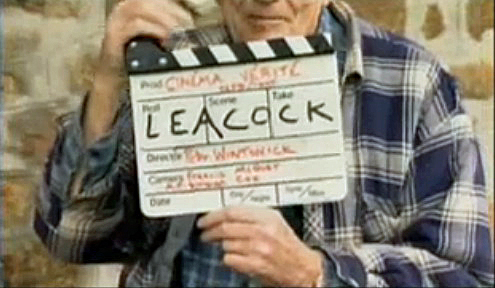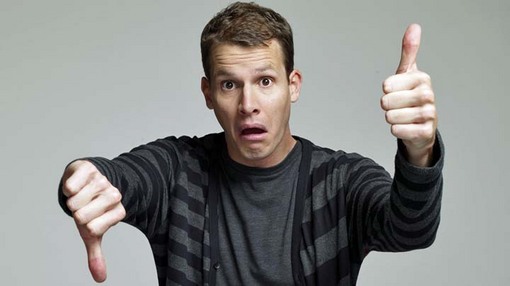Laura Dern in “Inland Empire”: A Woman in Trouble is a Temporal Thing.
My review of David Lynch’s “Inland Empire” in the Chicago Sun-Times and on RogerEbert.com today:
Put on the watch. Light the cigarette, fold back the silk, and use the cigarette to burn a hole in the silk. Then put your eye up to the hole and look through, all the way through, until you find yourself falling through the hole and into the shifting patterns you see on the other side.
That’s a metaphor for watching and making movies, and it’s one way to watch “Inland Empire” — a way that is, in fact, specifically recommended in the movie itself. This is David Lynch’s film — the one he’s been making since “Eraserhead” — and it offers you multiple ways to view it as it uncoils over nearly three hours, encouraging you to see it from all of them at once. It is, after all, overtly about the relationship between the movie and the observer, the actor and the performance, the watcher and the watched (and the watch).
In this sense, you might say, “Inland Empire” is a digital film, through and through. Not because Lynch shot it with the relatively small Sony PD-150 digicam and fell in love with the smeary, malleable and unstable texture of digital video (where the brightest Los Angeles sunlight can be as void and terrifying as the darkest shadow), or because the first pieces of the movie were digital shorts he made for his Web site before they grew and crystallized into a narrative idea. “Inland Empire” unfolds in a digital world (a replication of consciousness itself — hence the title), where events really do transpire in multiple locations at the same time (or multiple times at the same place), observers are anywhere and everywhere at once, and realities are endlessly duplicable, repeatable and tweakable. This is a digital dimension where, to paraphrase Jean-Luc Godard, there’s no difference between ketchup and paint and light and blood: On the screen, it’s red.
“Inland Empire” presents itself as a Hollywood movie (and a movie about Hollywood) in the guise of an avant-garde mega-meta art movie. When people say “Inland Empire” is Lynch’s “Sunset Boulevard,” Lynch’s “Persona,” or Lynch’s “8½,” they’re quite right, but it also explicitly invokes connections to Stanley Kubrick’s “The Shining,” Jean-Luc Godard’s “Pierrot le Fou,” Bunuel and Dali’s “Un Chien Andalou,” Maya Deren’s LA-experimental “Meshes of the Afternoon” (a Lynch favorite), and others.
Of course, it’s also a tour-de-Lynch, in which we virtually revisit spaces and images and faces (Laura Dern, Justin Theroux, Grace Zabriskie, Harry Dean Stanton … ) that resonate with memories of “Eraserhead,” “Blue Velvet,” “Twin Peaks,” “Wild at Heart,” “Lost Highway,” “Mulholland Drive,” “Inland Empire” itself — and some perpetually unfinished Lynch movie of the future. Because, in the Inland Empire, nobody can quite remember if it’s today or two days from now, because yesterday and the day after tomorrow are all transpiring in the present tense. Or, as one character puts it so memorably, “I suppose if it was 9:45, I would think it is after midnight.”
Rest of review at RogerEbert.com
December 14, 2012








